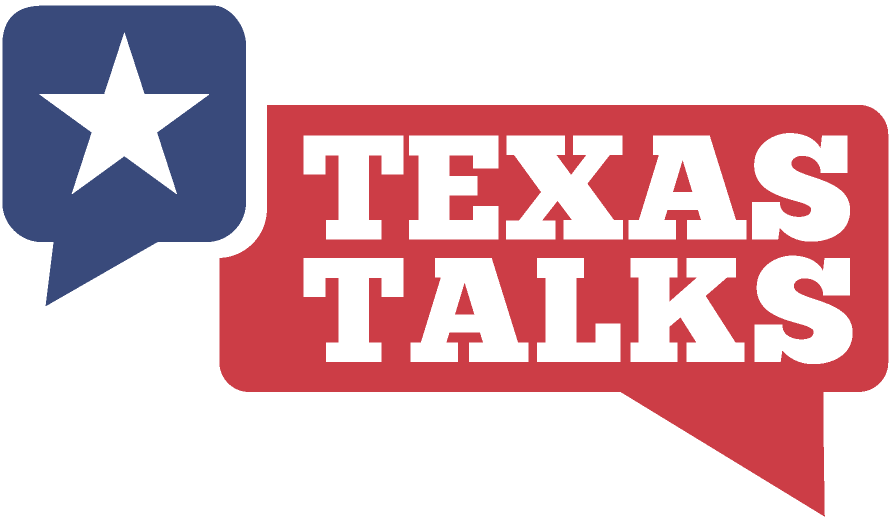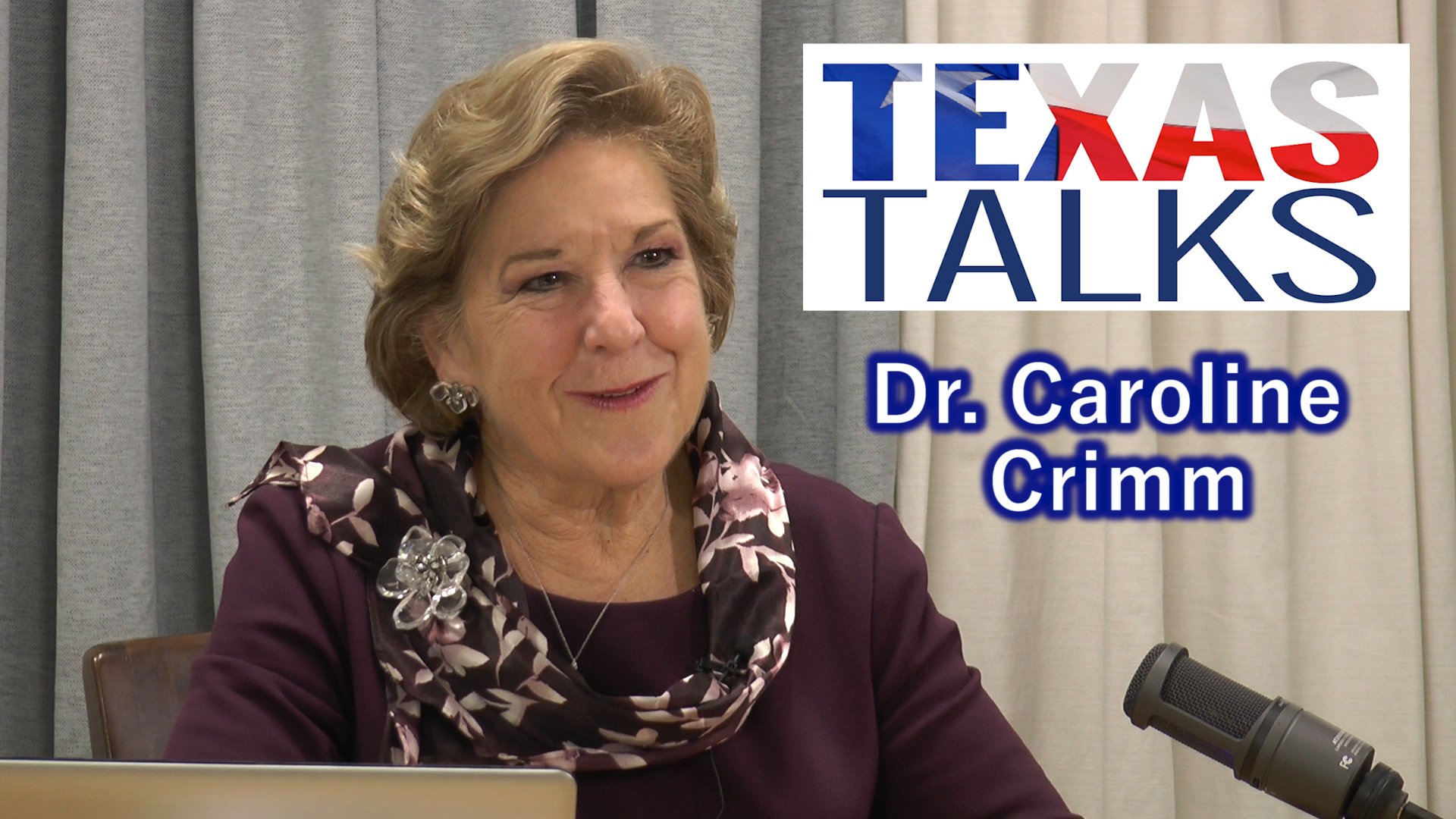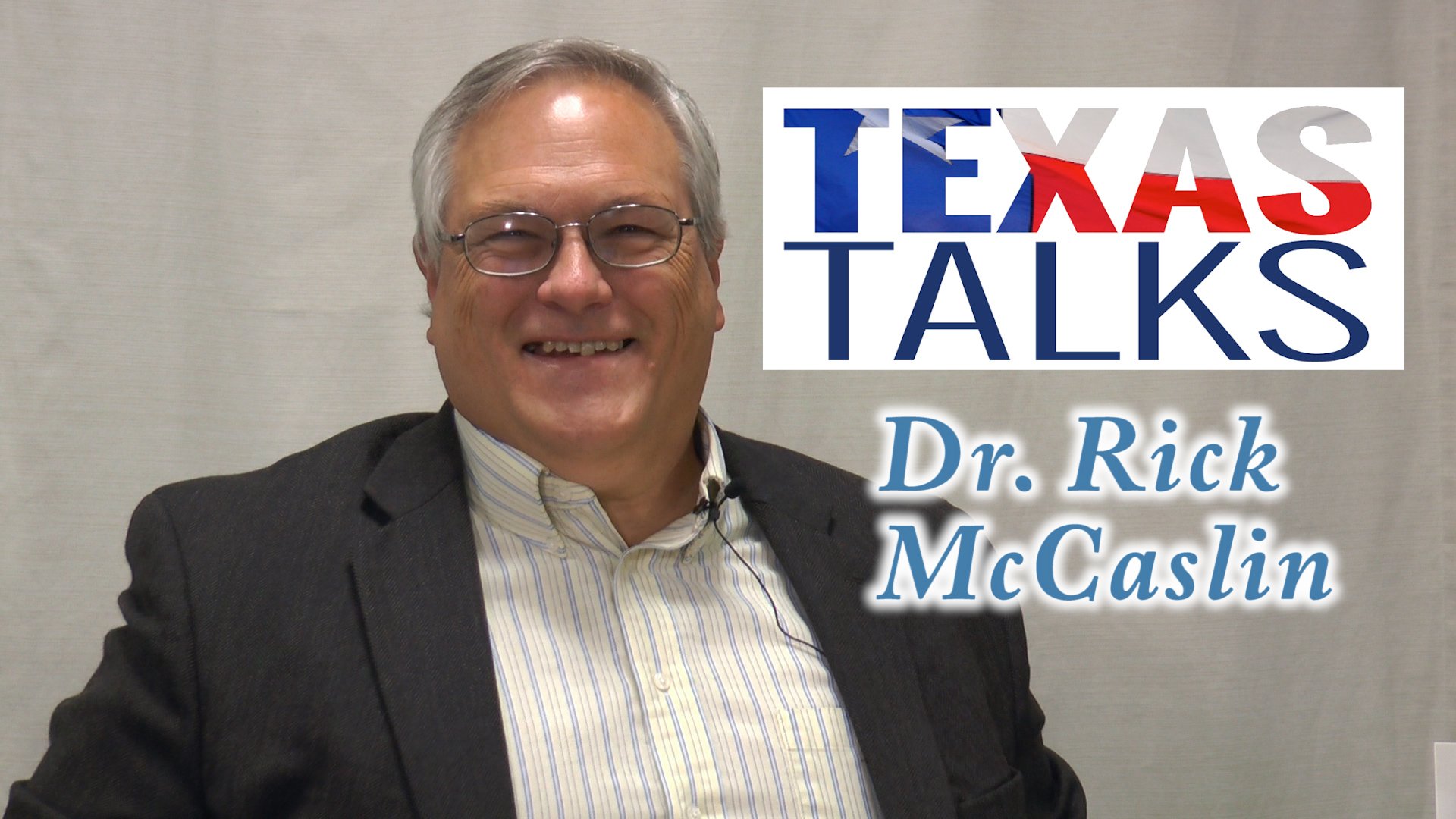

On November 2, 2015, Dr. Caroline Castillo Crimm presented “Bernardo de Galvez and the Impact of the American Revolution on Texas.” Galvez is the namesake for Galveston Island and he was a governor, general and viceroy of Mexico. During his lifetime his family was one of the most distinguished in the royal service of Spain. Following family tradition, Bernardo chose a military career. Before Spain entered the American Revolutionary War, Gálvez did much to aid the American patriots. He corresponded directly with Patrick Henry, Thomas Jefferson, and Charles Henry Lee, personally received their emissaries, Oliver Pollock and Capt. George Gibson, and responded to their pleas by securing the port of New Orleans so that only American, Spanish, and French ships could move up and down the Mississippi River. Without Galvez the United States may not have won the American Revolution. Also, the first cattle drive took place in Texas due to Galvez’s orders to feed Spanish forces in Louisiana. More than 10,000 cattle were rounded up on ranches and missions in Bexar and La Bahia. Texas rancheros and vaqueros trailed herds to Nacogdoches, Natchitoches, and Opelousas for distribution to feed Gálvez's forces. Crimm's rebroadcast also includes the Q&A live program along with smaller topical segments.

Dr. McCaslin presents "Mending Fences: The Marqués de Rubí in 1767 and the Spanish in Texas." After King Carlos III of Spain appointed the Marqués de Rubí as the inspector of frontier presidios and commissioned him to remedy economic abuses and other urgent matters, Rubí began his inspection of the Spanish presidios in July 1767. He visited a number of missions and presidios in Texas before leaving in 1767. In all, Rubí's inspection of the northern frontier from the Gulf of California to Louisiana occupied him for twenty-three months, during which he traveled an estimated 7,600 miles. As a result of his inspection, Rubí recommended that Spain reorganize its frontier defenses along a cordon of fifteen presidios, each about 100 miles apart, which stretched from the Gulf of California to the mouth of the Guadalupe River in Texas. Above this "real" frontier, which closely approximated the present international boundary between the United States and Mexico, Rubí advised that only San Antonio and Santa Fe be maintained, and he urged the complete abandonment of East Texas. Finally, because of their perfidy and duplicity, Rubí recommended a war of extermination against the Lipan Apaches. His inspection and subsequent recommendations to the Spanish Crown had a tremendous impact on future of Texas and the Spanish rule in the New World in the 18th century and beyond. McCaslin presented a live presentation on October 14, 2015. The rebroadcast includes the Q&A live program along with smaller topical segments.

TSHA’s eBay Auction
We are a 501(c)3 non-profit organization, all proceeds support our many programs and publications.